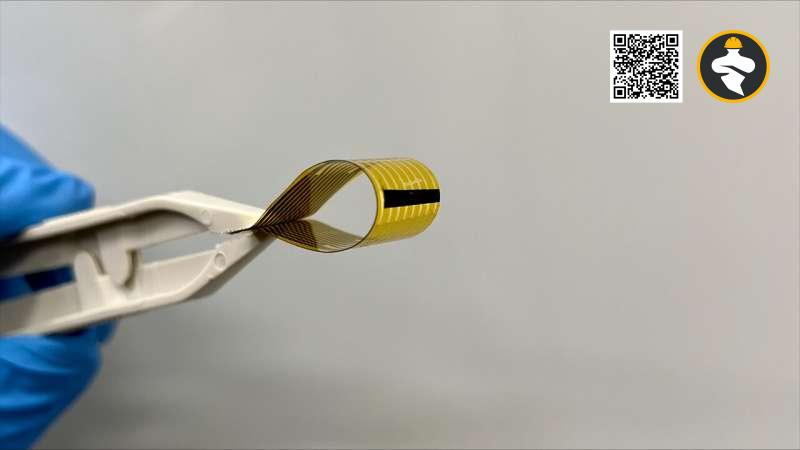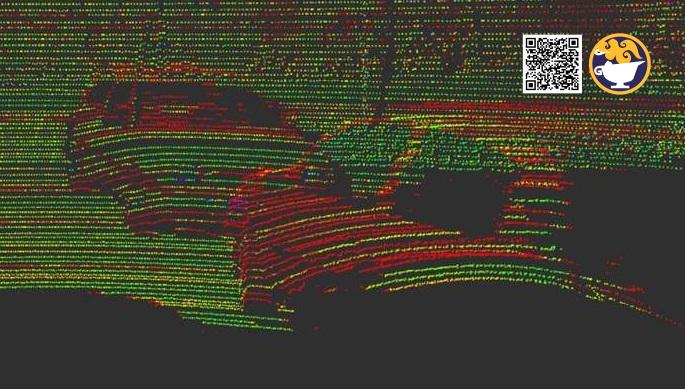Scientists have made a significant breakthrough in the detection of greenhouse gases, thanks to the development of flexible photodetectors. Led by a team from the University of California, San Diego, this innovative technology could have far-reaching implications for tackling climate change.
In the past, traditional photodetectors have been unable to detect greenhouse gases with enough sensitivity. However, this new technology uses graphene and other two-dimensional materials to create a flexible and highly sensitive photodetector. These materials are able to detect a wide range of gases, including carbon dioxide and methane, at extremely low concentrations.
One of the most exciting aspects of this new technology is its potential applications in agriculture. With the ability to detect greenhouse gases at low concentrations, it could help farmers to monitor and reduce their carbon footprint. This could be particularly useful in indoor farming, where the use of artificial lighting and heating can lead to high levels of carbon dioxide.
The technology could also be used in environmental monitoring, helping to detect and reduce harmful emissions from factories and power plants. It could even be used in space exploration, allowing scientists to detect gases on other planets and moons.
Overall, this breakthrough in flexible photodetectors has the potential to revolutionize the way we detect and monitor greenhouse gases. By providing a more accurate and sensitive method of detection, it could help us to tackle climate change and protect our planet for future generations.
Reference: TechXplore












